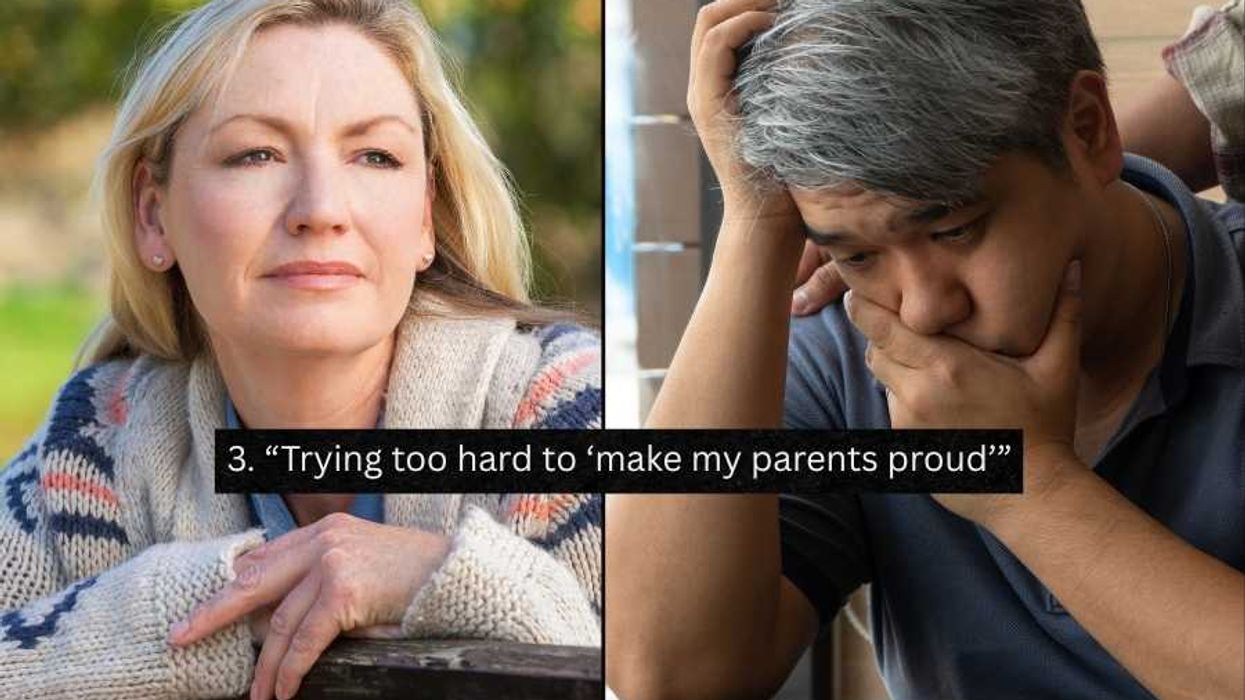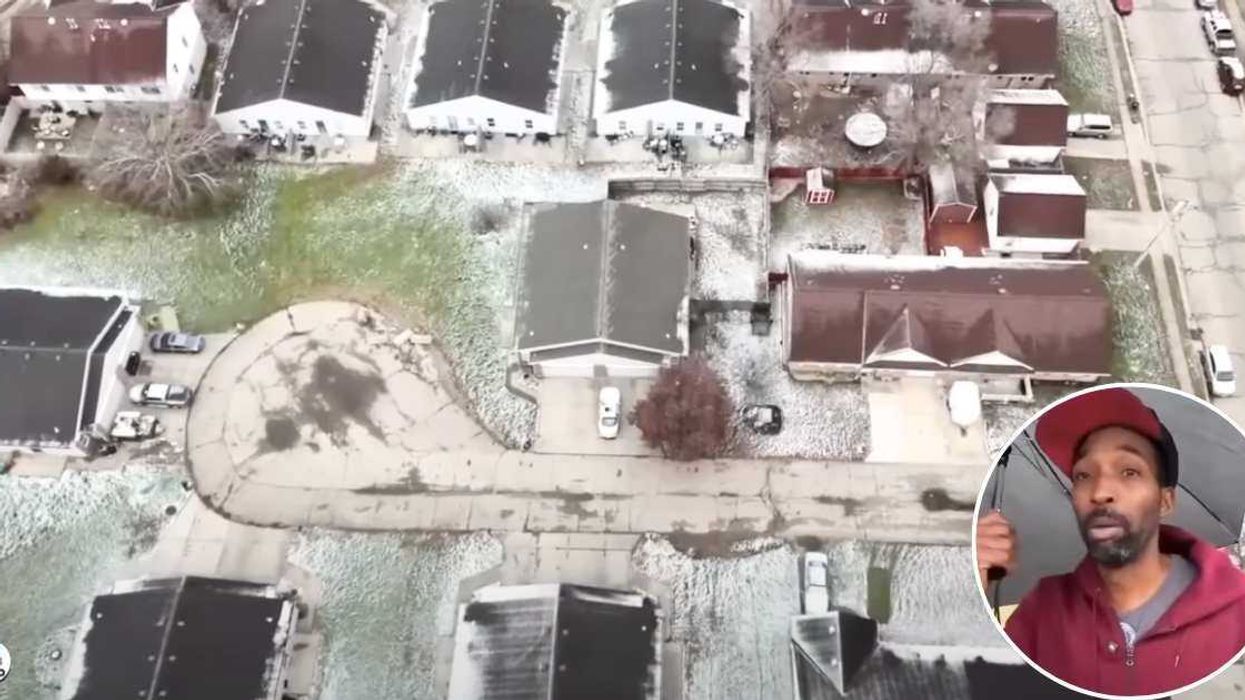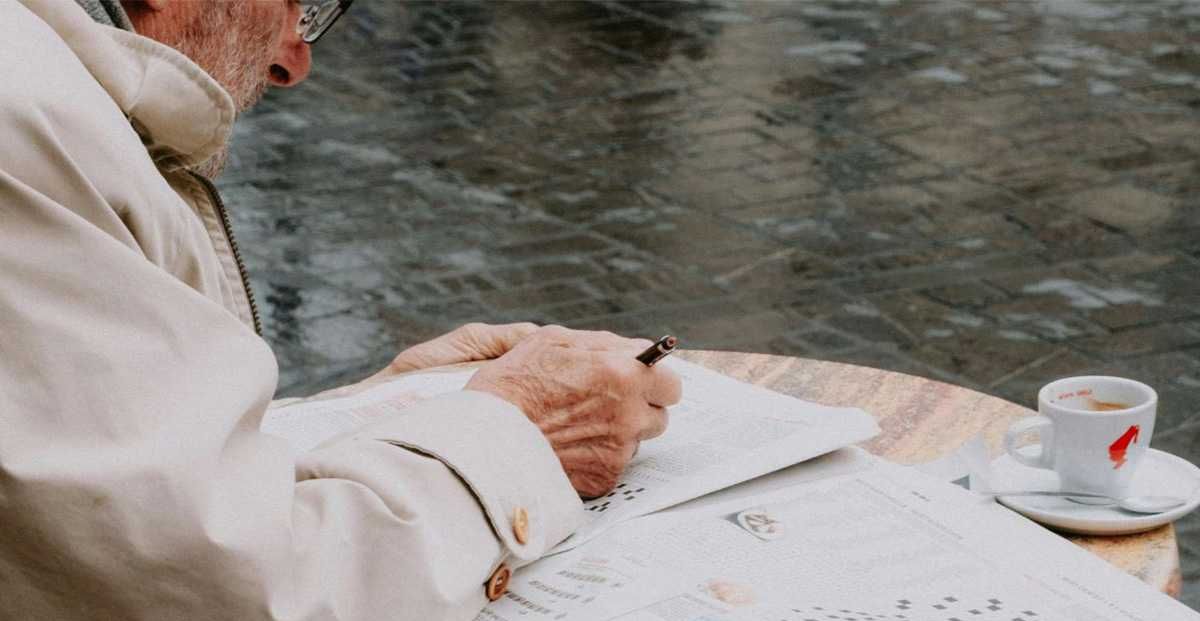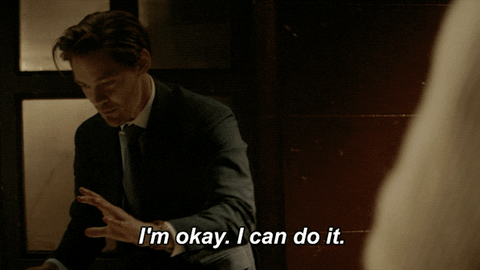Sometimes it can be hard to appreciate large-scale change when we’re standing in the middle of it. Whether it’s the effects of global warming, urban development, or natural disasters, our all-too-human perspective can be a limiting factor in our understanding of the scale and scope of the world around us.
Fortunately, when it comes to perspective, NASA offers some of the best on—and off—Earth, thanks to their eyes in the sky, which peer not only out into the depths of deep space, but back at us here at home, as well.
In their Images of Change series, NASA has collected hundreds of side-by-side photographs which show the varying ways—and degrees to which—the surface of our planet has changed over time. As they write on the series’ homepage:
Our Images of Change gallery features images of different locations on planet Earth, showing change over time periods ranging from centuries to days. Some of these effects are related to climate change, some are not. Some document the effects of urbanization, or the ravage of natural hazards such as fires and floods. All show our planet in a state of flux.
What follows are a few of the most striking side-by-sides NASA has compiled. The complete Images of Change gallery can be found here.
[h/t design taxi]

















 Whitney Carpenter with a patient in one of her custom port shirtsAtrium Health
Whitney Carpenter with a patient in one of her custom port shirtsAtrium Health 
 People at a public library.Image via
People at a public library.Image via  Father and child making origami together.Image via
Father and child making origami together.Image via  Woman takes a bath.Image via
Woman takes a bath.Image via  Older man solving newspaper crossword on a street table.Image via asdf - Photo by Mathias Reding
Older man solving newspaper crossword on a street table.Image via asdf - Photo by Mathias Reding Happy seniors ride bikes.Image via sdf - Photo by Syda Productions
Happy seniors ride bikes.Image via sdf - Photo by Syda Productions



 Men practice mindfulness overlooking the cliffs and ocean.Image via
Men practice mindfulness overlooking the cliffs and ocean.Image via  Man smiles at dusk.Image via sss - Photo by ridofranz
Man smiles at dusk.Image via sss - Photo by ridofranz
 People chat on a video callCanva
People chat on a video callCanva A parked school busCanva
A parked school busCanva
 A woman relaxes in the woodsCanva
A woman relaxes in the woodsCanva A neuroscientist studies brain scansCanva
A neuroscientist studies brain scansCanva Gif of someone saying "I'm okay. I can do it" via
Gif of someone saying "I'm okay. I can do it" via